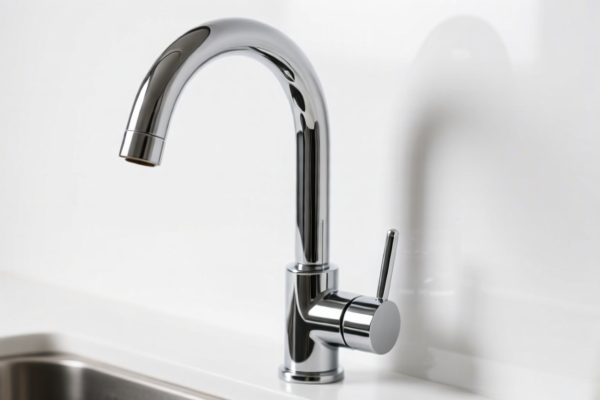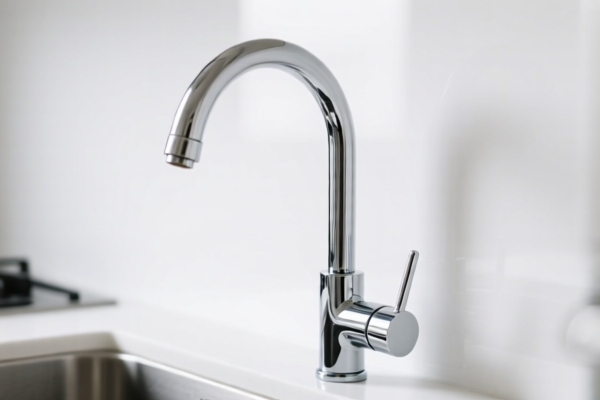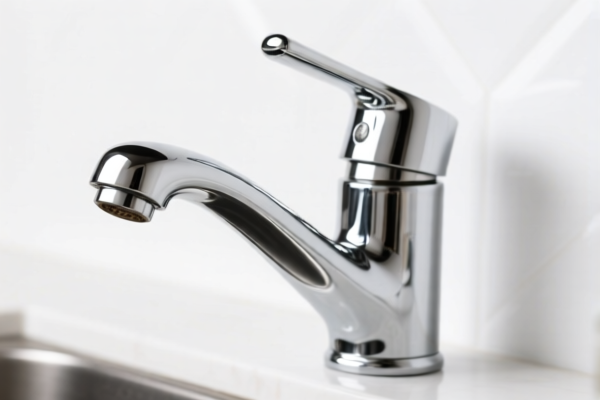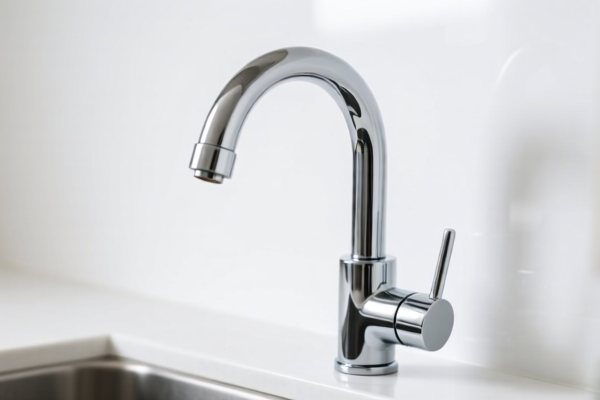| HS Code | Official Doc | Tariff Rate | Origin | Destination | Effective Date |
|---|---|---|---|---|---|
| 8481801020 | Doc | 59.0% | CN | US | 2025-05-12 |
| 8481805060 | Doc | 58.0% | CN | US | 2025-05-12 |
| 7418201000 | Doc | 58.0% | CN | US | 2025-05-12 |
| 7418205000 | Doc | 58.0% | CN | US | 2025-05-12 |
| 7419200010 | Doc | 55.0% | CN | US | 2025-05-12 |
| 7419805010 | Doc | 55.0% | CN | US | 2025-05-12 |
| 6914104000 | Doc | 55.0% | CN | US | 2025-05-12 |
| 6914108000 | Doc | 64.0% | CN | US | 2025-05-12 |
| 6909900000 | Doc | 59.0% | CN | US | 2025-05-12 |
| 6909195095 | Doc | 59.0% | CN | US | 2025-05-12 |




Hot Water Faucet
A hot water faucet (also commonly called a hot tap) is a valve that controls the release of hot water. It is a component of a plumbing system, typically found in conjunction with a cold water faucet to provide water at a desired temperature.
Material
Hot water faucets are manufactured from a variety of materials, each with differing properties regarding durability, cost, and aesthetics:
- Brass: A common material, known for its durability, corrosion resistance, and ability to withstand high temperatures. Often coated with finishes like chrome, nickel, or bronze.
- Stainless Steel: Highly corrosion-resistant and durable, often used in commercial and industrial settings.
- Plastic: Primarily used in less expensive faucets or for specific components. May be less durable than metal options.
- Ceramic: Used in ceramic disc valves, offering excellent durability and resistance to wear.
Purpose & Function
The primary purpose of a hot water faucet is to deliver hot water for various applications, including:
- Washing: Hands, dishes, laundry, etc.
- Cleaning: Surfaces, vehicles, etc.
- Cooking: Providing hot water for food preparation.
- Bathing/Showering: Mixing with cold water to achieve a comfortable temperature.
The function relies on a valve mechanism to control the flow of hot water from the hot water supply line. This mechanism can be one of several types (see Common Types below).
Usage Scenarios
Hot water faucets are ubiquitous in:
- Residential Homes: Kitchens, bathrooms, laundry rooms.
- Commercial Buildings: Offices, restaurants, hotels.
- Industrial Facilities: Laboratories, manufacturing plants.
- Public Spaces: Schools, hospitals, parks.
Common Types
- Compression Faucets: Older style, using a rubber washer to seal the valve. Prone to leaks and require more maintenance.
- Ball Faucets: Utilize a slotted ball to control water flow and temperature. Durable but can be complex to repair.
- Cartridge Faucets: Use a cartridge to control water flow. Relatively easy to repair.
- Ceramic Disc Faucets: Employ ceramic discs for precise temperature and flow control. Highly durable and resistant to wear. Generally more expensive.
- Touchless Faucets: Activated by motion sensors, offering hygiene and water conservation benefits.
Hot water faucets fall under appliances for pipes, boiler shells, tanks, vats or the like, including pressure-reducing valves and thermostatically controlled valves. The following HS codes are relevant based on the provided information:
- 8481801020: Taps, cocks, valves and similar appliances, for pipes, boiler shells, tanks, vats or the like, including pressure-reducing valves and thermostatically controlled valves; parts thereof: Other appliances: Hand operated: Of copper Having a pressure rating under
850 kPa: Bath and shower faucets. This code specifically covers hand-operated bath and shower faucets made of copper with a pressure rating below 850 kPa. - 8481805060: Taps, cocks, valves and similar appliances, for pipes, boiler shells, tanks, vats or the like, including pressure-reducing valves and thermostatically controlled valves; parts thereof: Other appliances: Hand operated: Of other materials Bath, shower, sink and lavatory faucets. This code covers hand-operated bath, shower, sink, and lavatory faucets made of materials other than copper.
- 6909900000: Ceramic wares for laboratory, chemical or other technical uses; ceramic troughs, tubs and similar receptacles of a kind used in agriculture; ceramic pots, jars and similar articles of a kind used for the conveyance or packing of goods: Other. This code may be relevant if the faucet incorporates ceramic components, but only for the ceramic parts themselves, not the entire faucet assembly.
Regarding HS code 8481801020 and 8481805060, the tariff details are as follows:
- Chapter 84: Boilers, machinery and mechanical appliances; parts thereof.
- Heading 8481: Taps, cocks, valves and similar appliances.
- Subheading 848180: Other appliances.
The applicable tax rate for both 8481801020 and 8481805060 is a basic tariff of 4.0% or 3.0% respectively, with an additional 25.0% tariff. After April 2, 2025, the additional tariff will increase to 30.0%, resulting in a total tax rate of 59.0% or 58.0% respectively.
Customer Reviews
No reviews yet.